In the summer of 2022, documentary videographer Tyler Schiffman set out to capture an ecosystem that is rapidly fading away. Commissioned to create a short film on California’s struggling underwater kelp forests for The Nature Conservancy’s quarterly magazine, Schiffman knew where to start. Growing up surfing and eventually spear-fishing on the West Coast, he’d seen the collapse firsthand.
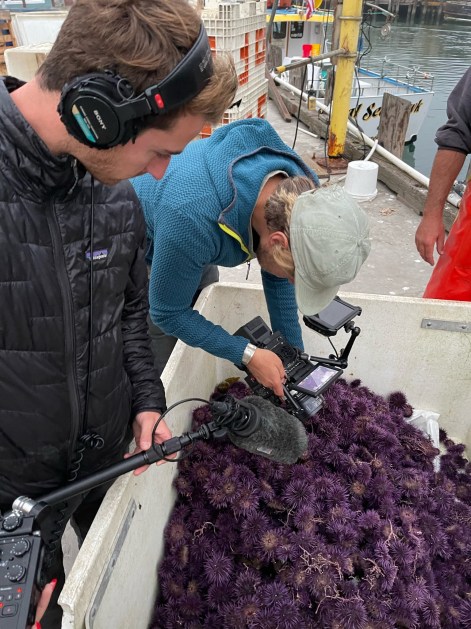
“My whole career has really sparked from this story since I was a little kid,” he says.
“Surfing, I would always get caught in the kelp. I hated it, but I was a young kid. I didn’t understand,” he says. “And then I started snorkeling around and seeing what was underneath the surface. That showed me all the different wildlife. And then, as soon as I started to see this, the ecosystem that I love so much just disappeared before my eyes.”
What Schiffman witnessed growing up—and later came to document—was the rapid decline of California’s underwater kelp ecosystems. Certain types of kelp (itself a type of seaweed) can reach more than 100 feet tall, forming giant underwater forests home to a sprawling array of marine life.
In the past decade though, some 96% of Northern California’s kelp forest has disappeared, leaving scientists and conservationists rushing to protect and restore it. Their work has focused on a variety of avenues from removing some of the purple sea urchins that eat the kelp to helping boost the sunflower sea star population (a natural sea urchin predator).
Schiffman set out to document their work. He had already made several previous films examining the issue. For this documentary he took his camera underwater to film the remaining ecosystem. (His crew lucked out and had incredible visibility, he says.) On land, he interviewed those working to help protect the kelp, including a commercial sea urchin diver.
“The hardest part is this story is so convoluted and there’s so many elements from the sea stars to a giant warmwater blob to the different types of urchins,” he says. “But it’s pressing and it’s important because the kelp ecosystem is so important. But it’s already disappearing and that’s a scary sight.”
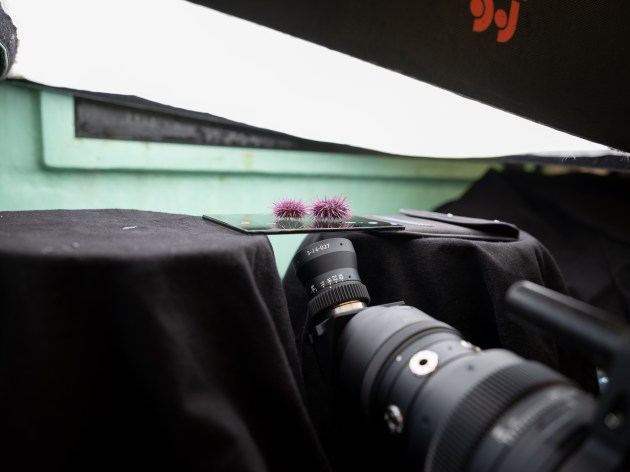
A version of this story ran in Nature Conservancy magazine’s summer issue. Learn more about how scientists, conservationists and fishers are trying to help these underwaters forests—and watch Schiffman’s documentary—at nature.org/magazine.
While Schiffman created a short documentary on the conservationists’ work, two still photographers captured images of that work too. Oregon-based wildlife photographer Morgan Heim documented how researchers working at a lab off the coast of Washington state are studying how to better breed sunflower sea stars, which act as natural predators for the kelp-consuming purple sea urchins. And California-based photographer Ralph Pace captured the state of California’s kelp forests right now. Here are outtakes from their work.
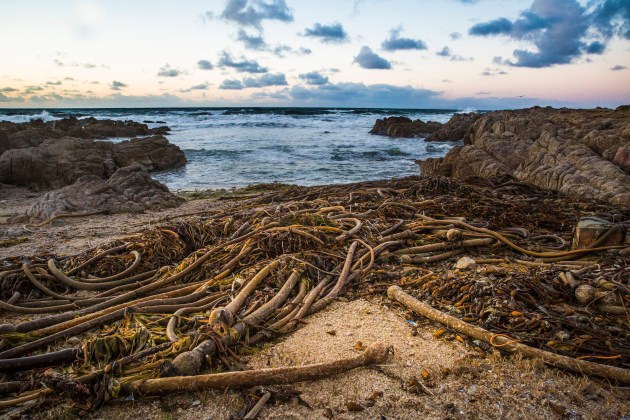
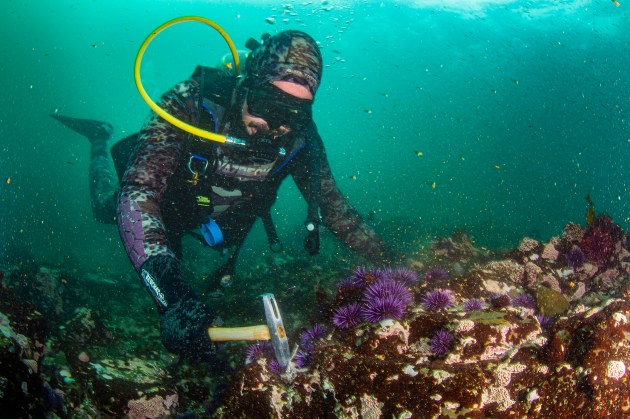

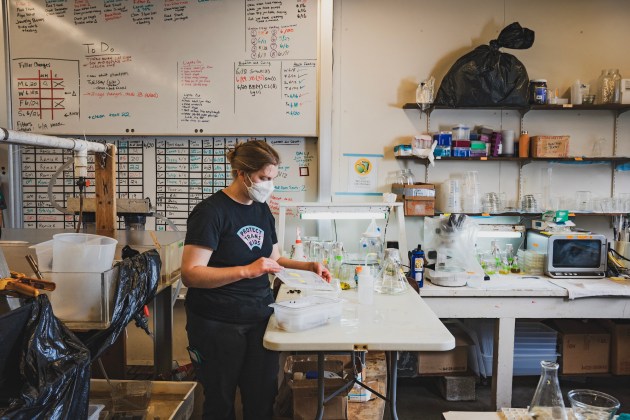
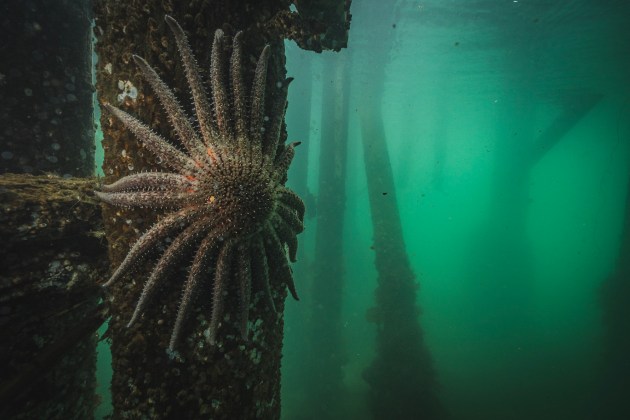
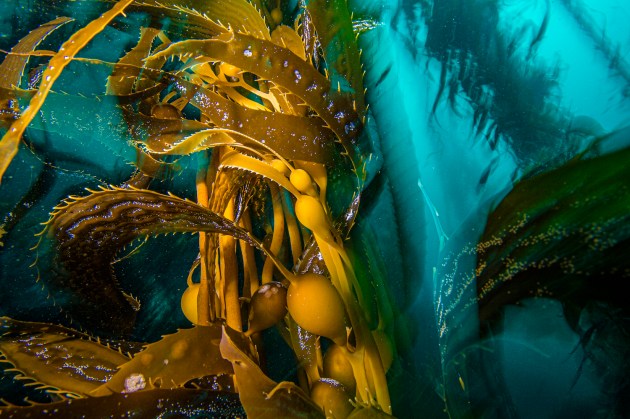




Join the Discussion